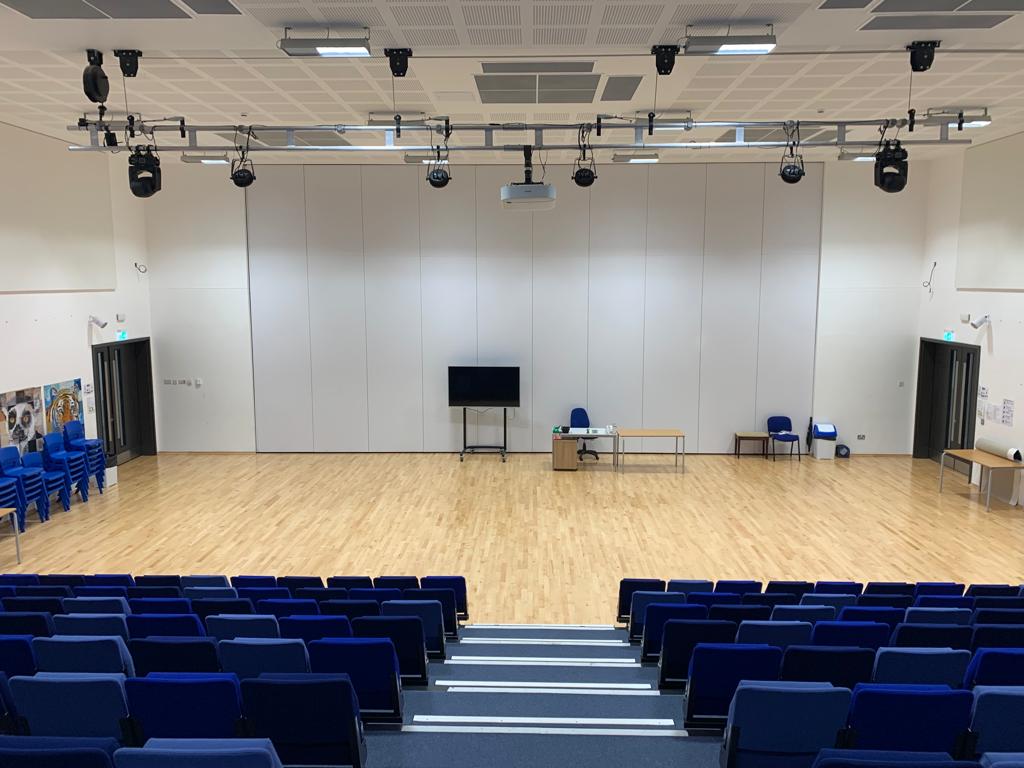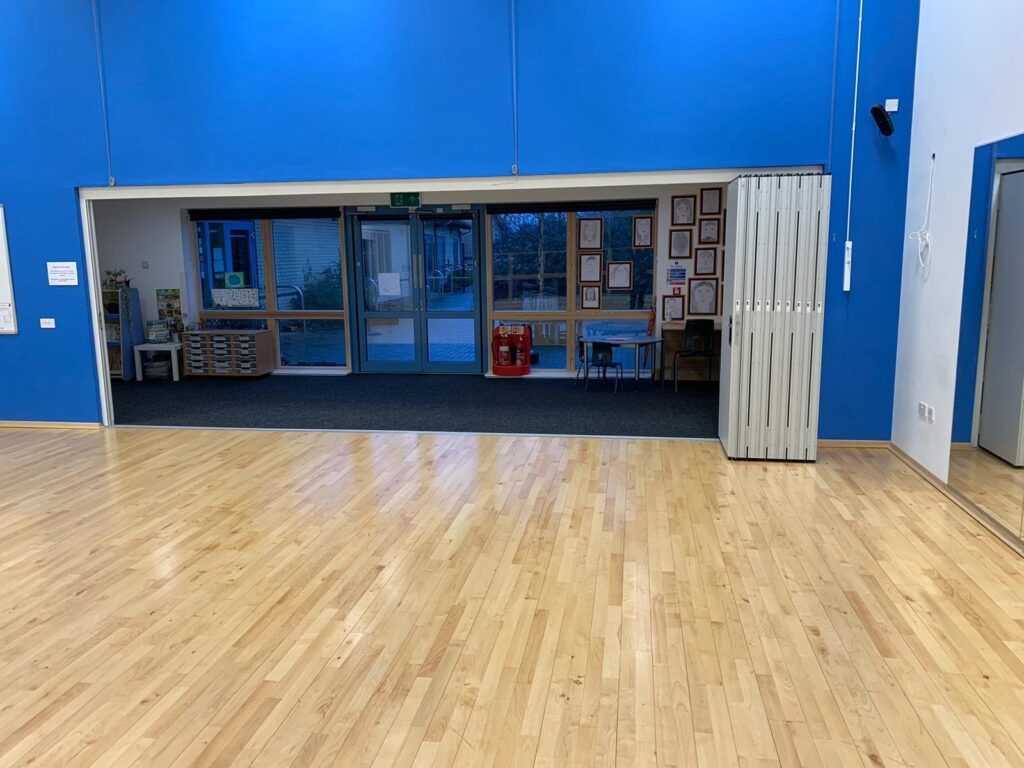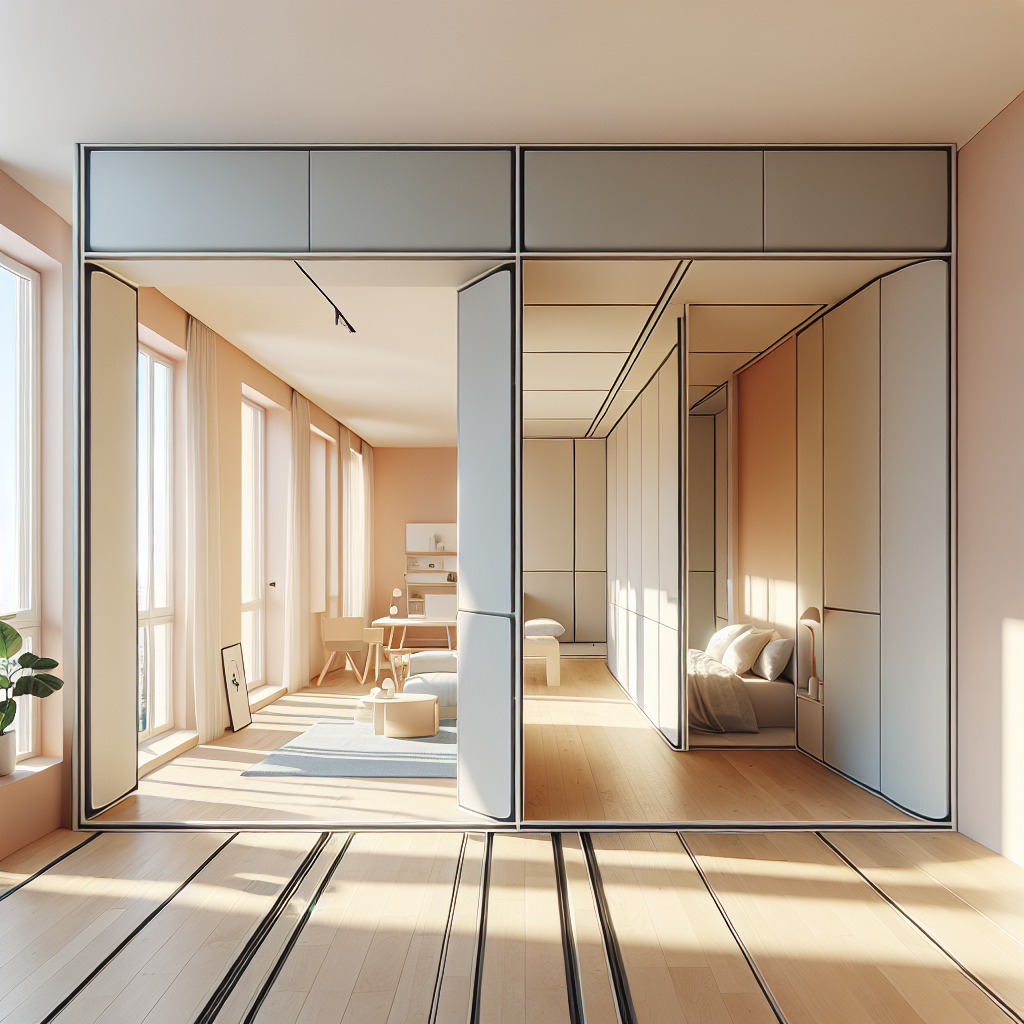Introduction: Reshaping Environments with Dynamic Movable Walls
In an era defined by rapid change and the need for agility, the static, unchanging nature of traditional architecture often falls short. Fixed walls and predetermined layouts can stifle growth, hinder collaboration, and limit the potential of a space. Modern design philosophy is shifting away from this rigidity, embracing solutions that are as dynamic and adaptable as the organisations and individuals they serve. At the forefront of this evolution is the movable wall, a transformative tool that empowers designers, facility managers, and businesses to reshape their environments on demand.
The Evolving Need for Flexible Spaces in Modern Design
The modern workplace is no longer a monolithic entity. It’s a fluid ecosystem of collaborative hubs, quiet focus zones, client-facing meeting areas, and casual breakout spaces. Similarly, commercial and residential environments demand multi-functionality—a conference hall that can become three seminar rooms, or a large living area that can be sectioned off for privacy. This demand for versatility has rendered permanent construction a cumbersome and costly option. The future of design lies in creating spaces that can be reconfigured with minimal effort and maximum impact, a challenge perfectly met by innovative partition systems.
What are Movable Walls? A Brief Overview of Flexible Partitioning
A movable wall, also known as a movable partition or retractable partition wall, is a non-load-bearing barrier that can be easily repositioned to alter the layout of a room. Unlike traditional partition walls built from studs and drywall, these systems operate on ceiling or floor tracks, allowing them to glide, fold, or slide into place. They range from simple, lightweight screens to sophisticated, high-performance acoustic partitions engineered for superior sound isolation. Available in a vast array of materials, including glass, aluminum, wood, and specialized acoustic fabrics, they offer a powerful combination of function and aesthetic appeal.
Unlocking Potential: How Movable Walls Redefine Space Utilisation
The true power of a movable wall lies in its ability to unlock the latent potential within a fixed footprint. By replacing static barriers with dynamic ones, a single large area can serve multiple purposes throughout the day. This intelligent use of space not only maximizes real estate value but also fosters a more responsive and productive environment. Whether it’s creating an impromptu meeting room in an open-plan office or dividing a banquet hall for simultaneous events, movable partitions provide the freedom to adapt, innovate, and optimize any interior space.

Benefit 1: Maximise Spatial Flexibility and Adaptability for Dynamic Workflows
The primary and most celebrated benefit of incorporating a movable wall is the unparalleled flexibility it introduces. In a world where business needs can pivot overnight, the ability to physically adapt a workspace is a significant competitive advantage.
Instantly Reconfigure Spaces for Multi-functional Use
Imagine an open-plan office that needs a private training room for the morning, a collaborative project area in the afternoon, and an open event space in the evening. With movable partitions, this transformation is not only possible but effortless. A large room can be instantly subdivided into smaller, functional zones for meetings, brainstorming sessions, or individual work, then just as quickly opened up again. This on-demand reconfiguration ensures that every square foot of the space is utilized to its fullest potential, eliminating underused or single-purpose rooms.
Adapting to Changing Business Needs and Occupancy
Businesses grow, teams restructure, and projects evolve. Traditional construction requires costly and disruptive renovations to keep pace with these changes. Movable partition systems, however, allow for seamless adaptation. As a company expands, new offices or workstations can be created without calling in a construction crew. If a team needs to shrink or be reallocated, the space can be reconfigured just as easily. This inherent adaptability makes the physical environment a strategic asset that supports organizational change rather than hindering it.
From Open Plan to Private Offices: The Power of Movable Partitions
The debate between open-plan offices and private offices often overlooks a third, more effective option: a hybrid model enabled by modular partitions. Organizations can offer the collaborative benefits of an open environment while still providing the option for privacy and focused work. Teams can create their own neighborhoods, and individuals can find quiet spaces when needed, all within the same floor plan. This balance addresses diverse work styles and enhances overall employee satisfaction and productivity.
Types Enabling Flexibility: Sliding Folding Partitions and Retractable Partition Walls
This remarkable flexibility is made possible by sophisticated engineering. Sliding folding partitions, often called accordion or concertina walls, are composed of multiple panels that fold together compactly when not in use, offering an efficient way to open up a space. Retractable partition walls are typically single or paired panels that slide along a track and stack neatly against a wall or into a custom storage pocket, providing a clean, seamless look when retracted. Both systems offer smooth, reliable operation for rapid spatial transformation.

Benefit 2: Enhance Acoustic Privacy and Sound Control for Productive Environments
In any shared environment, from bustling office spaces to educational institutions, noise is a primary disruptor of concentration and confidentiality. Movable walls have evolved far beyond simple visual dividers to become high-performance acoustic barriers.
Creating Quiet Zones: The Role of Acoustic Partitions
Specialised Acoustic Partitions are engineered specifically to control sound. They are essential for creating quiet zones where concentration is critical or where sensitive conversations take place. By deploying an acoustic movable wall, an organization can carve out a confidential boardroom from a larger area or establish a “library rules” focus zone within a lively open office, ensuring productivity is not compromised by ambient noise.
Mitigating Noise Bleed with Soundproof Partitions and Materials
The effectiveness of soundproof partitions is measured by their Sound Transmission Class (STC) rating, which indicates how well a barrier reduces airborne sound. Higher STC ratings signify better performance. These partitions achieve their ratings through a combination of mass, air gaps, and sound-absorbing materials, effectively mitigating noise bleed between adjacent spaces and ensuring that conversations in one room remain private.
Insulated Core Material and Sound-Deadening Materials for Superior Acoustics
The secret to a high-performance acoustic movable wall lies in its construction. Manufacturers use a multi-layered approach, incorporating dense core materials like gypsum board or medium-density fiberboard. These cores are often surrounded by sound-deadening materials such as mineral wool or specialized acoustic foam. This combination of an insulated core material and absorptive layers is crucial for breaking up sound waves and preventing them from passing through the partition.
Achieving Speech Privacy with Double and Single-Glazed Partitions
Even glass partitions can offer significant acoustic control. While a single pane of glass provides moderate sound reduction, double-glazed glass partition walls create an insulating air gap between two panes that dramatically improves acoustic performance. This allows for the creation of visually open yet acoustically private spaces, achieving speech privacy without sacrificing natural light or a sense of connection.
Reducing Distractions: Enhancing Focus in Office Spaces
Ultimately, the goal of acoustic management in office spaces is to minimize distractions. By strategically implementing soundproof partitions, companies can empower employees to focus on deep work, conduct private calls without disturbing others, and collaborate effectively without adding to the overall noise level. This investment in acoustic control pays dividends in heightened productivity and improved employee well-being.
Benefit 3: Optimise Natural Light Distribution and Visual Openness
Beyond flexibility and acoustics, movable walls play a crucial role in shaping the aesthetic and psychological feel of a space, particularly through the management of natural light.
Harnessing Daylight: The Advantage of Glass Partitions and Glass Partition Walls
Solid walls block light, creating dark interior spaces that rely entirely on artificial lighting. Glass partitions, by contrast, allow daylight to flow freely throughout a floor plan. Using glass partition walls to create offices and meeting rooms maintains a bright, airy atmosphere, making the entire space feel larger and more welcoming. This transparency is a cornerstone of modern, biophilic design principles.
Promoting Visual Connectivity While Maintaining Separation
Glass partition systems offer the best of both worlds: they provide the necessary physical and acoustic separation while preserving a sense of visual connectivity among teams. Employees can see their colleagues and feel part of a larger community, which can foster a more collaborative and transparent culture. This visual link helps prevent the feelings of isolation that can arise from being enclosed in traditional, opaque offices.
Improving Employee Well-being and Reducing Energy Costs
Access to natural light has a profound and well-documented impact on employee well-being, improving mood, boosting energy levels, and even regulating sleep cycles. By maximizing daylight, organizations can create a healthier and more positive work environment. A significant secondary benefit is the reduction in energy costs, as the need for artificial lighting during daytime hours is substantially decreased.
Strategic Placement of Demountable Walls to Maximize Light
The flexibility of demountable walls, including glass systems, allows for strategic space planning that prioritizes light distribution. Partitions can be positioned to ensure that windowless interior zones receive borrowed light from the building’s perimeter. As needs change, these demountable partitions can be moved to optimize the layout for new teams or functions without sacrificing access to daylight.
Benefit 4: Achieve Significant Cost-Effectiveness and Long-Term ROI
While the initial investment in a high-quality movable wall system may be higher than for traditional drywall construction, the long-term financial benefits and return on investment are substantial.
Avoiding Costly Permanent Renovations with Demountable Walls
Every time a business needs to reconfigure a space built with permanent walls, it faces significant expenses related to demolition, construction, finishing, and the associated downtime. Demountable walls eliminate these recurring costs. Reconfiguring a space becomes a simple matter of unlatching and moving panels, a process that is faster, cleaner, and vastly more affordable than a full-scale renovation.
Reusability of Movable Partitions in Future Layout Changes
The components of movable partitions are designed for longevity and reuse. When a layout is changed, the existing panels, tracks, and hardware are simply re-deployed in the new configuration. This inherent reusability contrasts sharply with the single-use nature of drywall, which is destroyed during demolition and ends up in a landfill. This makes demountable partitions a fiscally and environmentally responsible choice.
Reduced Construction Waste and Labor Costs
Traditional construction is a messy, labor-intensive process that generates considerable waste. Installing partition systems is a much cleaner and more efficient process, often completed by a small, specialized team in a fraction of the time. This leads to direct savings on labor costs and waste disposal fees. The minimal disruption also means that business operations can often continue uninterrupted during installation.
Long-Term Savings on Energy and Maintenance
As mentioned, the use of glass partitions can lead to significant savings on electricity bills. Furthermore, high-quality movable walls are built with durable materials like Aluminum partitions and robust mechanisms that require minimal maintenance over their lifespan. This durability and low upkeep contribute to a lower total cost of ownership compared to conventional walls, which require periodic repainting and repair.

Benefit 5: Future-Proof Your Space with Scalable Design
Investing in a movable wall system is not just a solution for today’s needs; it is a strategic decision that future-proofs the physical space against the uncertainties of tomorrow.
Adapting to Growth and Contraction: The Scalability of Partition Systems
Businesses are rarely static. They experience periods of rapid growth, consolidation, or strategic shifts. A scalable partition systems allows the physical environment to expand or contract in lockstep with the organization. New offices can be added to accommodate a hiring surge, or spaces can be combined to create larger collaborative zones during a project push, all using the same modular components.
Easy Expansion or Reconfiguration as Business Needs Evolve
The modular nature of these systems means that expansion is straightforward. Additional panels and track sections can be seamlessly integrated into an existing setup. This allows a business to phase its investment, starting with a smaller installation and adding to it over time as the budget allows and needs dictate. This adaptability ensures the space remains perfectly aligned with evolving business strategies.
Protecting Your Investment Against Obsolescence
A space designed with permanent walls can quickly become obsolete as work styles and business models change. A significant capital investment can become a liability that hinders progress. By investing in a flexible and demountable wall solution, a company protects its real estate investment. The space retains its value because it can be endlessly adapted to meet future requirements, ensuring its relevance and functionality for years to come.
Conclusion
Movable walls offer clear benefits, including increased spatial flexibility, improved acoustic privacy, more natural light, and long-term cost savings. These advanced partition systems are more than just dividers; they are integral components of a strategic approach to modern space design. Replacing permanent walls with flexible solutions like glass and acoustic partitions leads to responsive and productive environments. Investing in a high-quality movable wall system is an investment in agility, efficiency, and the long-term potential of your space, ensuring it can evolve and thrive alongside your goals. To truly unlock the power of your floor plan, the next step is to consult with space design experts who can help you select and implement the ideal partition systems for your unique needs.
